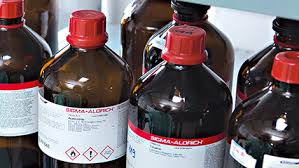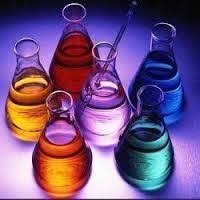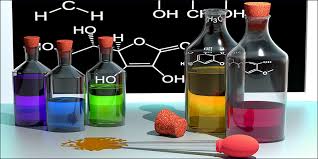


A solvent (source Wikipedia) (from the Latin solvō, “loosen, untie, solve”) is a substance that dissolves a solute, resulting in a solution. A solvent is usually a liquid but can also be a solid, a gas, or a supercritical fluid. Common uses for organic solvents are in dry cleaning (e.g. tetrachloroethylene), as paint thinners (e.g. toluene, turpentine), as nail polish removers and glue solvents (acetone, methyl acetate, ethyl acetate), in spot removers (e.g. hexane, petrol ether), in detergents (citrus terpenes) and in perfumes (ethanol). Solvents find various applications in chemical, pharmaceutical, oil, and gas industries, including in chemical syntheses and purification processes.
Usually solvents are not corrosive with graphite impregnated materials.
Solvent are rarely use pure and are mixed with acids for fine chemical and pharmaceutical processes. These processes are often multipurposes process which make difficult to design a metallic heat exchanger compatible with all chemical products. Graphite is a good choice here.
Most of traditional graphites, use big grain graphite, impregnated with phenolic resin which is sensitive to some solvents like methanol as an example. Solvent will create a swelling effect in the resin which will generate mechanical stress in graphite and result in earlier failure.
GT developed special grade, GT FLON, to withstand ~95% of chemical formulations including all known solvents.
We can proceed to corrosion test or provide coupon for test on request here.
Equipment frequently used
GT DISC
GT BLOC
GT TUBE
GT CUBIC
GT PLATE
GT TOWER (for phosphoric acid purification)
Materials frequently used
Get in touch here with us to know more.
